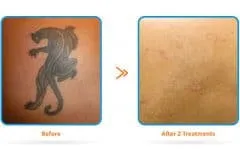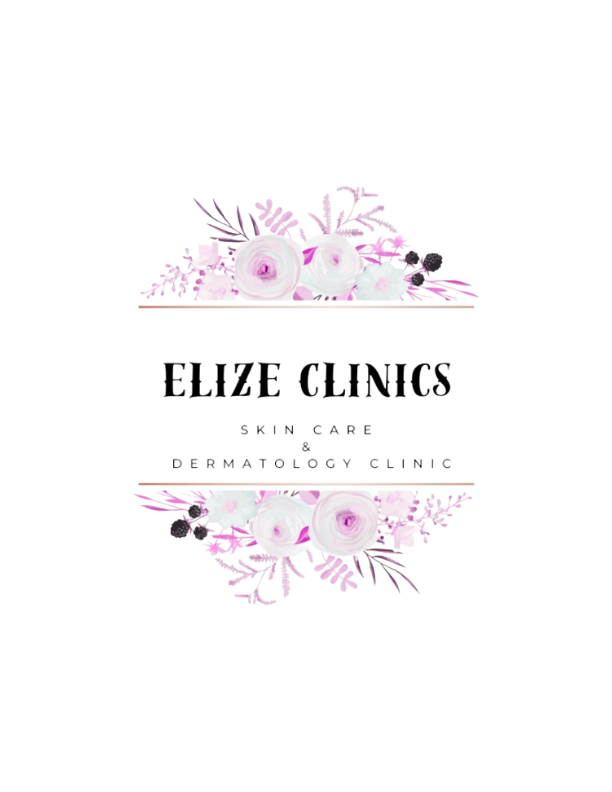- LASER HAIR REMOVAL TREATMENT
- UNDER EYE CARE
- KELOID TREATMENT
- PILONIDAL SINUS
- PICO CARE TREATMENT
- BOTOX FOR MIGRAINE
- CHEMICAL PEEL
- VENUS TREATMENT
- VAMPIRE TREATMENT
- HAIR REMOVAL
- HYDRAFACIAL KERAVIVE
- SCAR REMOVAL
- HYDRAFACIAL DANDRUFF TREATMENT
- MORPHEUS8
- PHOTO FACIAL
- PLATELET RICH PLASMA THERAPY
- FAT REMOVAL
- COOLSCULPTING
- EYEBROW MICROBLADING
- SCULPSURE
- ULTRAFORMER III
- LOW LEVEL LASER THERAPY (LLLT)
- HAIR REGROWTH TREATMENT
- HYDRAFACIAL
- CM SLIM
- NON-SURGICAL FACELIFT
- BREAST LIFT
- HIPEX CHAIR
- PICO MLA TONING
- GLUTATHIONE
- BUTTOCK AUGMENTATION
- SILK PEEL DERMAL INFUSION
- NAEVUS OF OTA / PATCHY NAEVUS
- DYSPORT TREATMENT
- MELASMA TREATMENT
- PINK AESTROGEN PEEL
- DERMAL FILLERS
- DERMAL THREADLIFT
- PICOCARE MAJESTY
- SOLAR LENTIGINES
- FAIRNESS TREATMENT
- BENIGN SKIN GROWTH
- COSMELAN TREATMENT
- RADIANCE FACIAL
- AGE RELATED SKIN PROBLEMS
- DERMABRASION
- SILK PEEL DERMAL INFUSION
- MESOTHERAPY
- COLLAGEN INDUCTION THERAPY
- VIRAL SKIN LESIONS
- FOTONA LASER MICROPEEL
- WRINKLE REDUCTION
- COSMETIC SKIN CONCERNS
- BRIDAL PACKAGE
- Tattoo Removal
- GROOMS PACKAGE
- PICO TONING
CONTACT US
- +91 91544 97790
- 2557, Block G, Sushant Lok 2, Sector 57, Gurugram
Tattoo Removal
Tattoo removal has been performed with various tools since the start of tattooing. While tattoos were once considered permanent, it is now possible to remove them with treatments, fully or partially.
The “standard modality for tattoo removal” is the non-invasive removal of tattoo pigments using Q-switched Nano second lasers. Different types of Q-switched lasers are used to target different colors of tattoo ink depending on the specific light absorption spectra of the tattoo pigments. Typically, black and other darker-colored inks can be removed completely using Q-switched lasers while lighter colors such as yellows and greens are still very difficult to remove. Success can depend on a wide variety of factors including skin color, ink color, and the depth at which the ink was applied.

Pico second Nd YAG laser
Now latest technology is available for tattoo removal by Pico second Nd YAG lasers. Picocare 250 is US FDA cleared Pico second Nd YAG laser for tattoo removal. While Q-switched lasers are having difficulty in removing colour tattoos Picocare 250 is having dye hand piece to remove green, yellow, orange and red coloured tattoos

US FDA approval
In 2012, the United States Food and Drug Administration (FDA) approved the very first picosecond laser for the treatment of unwanted tattoos and pigmented lesions. The picosecond laser is a revolutionary laser technology due to its much shortened pulse duration of just 1012 seconds. However, success with the picosecond laser is not limited to pigmentary lesions in skin of color patients. Another retrospective chart review of 56 patients with Fitzpatrick skin types VI to VI showed effectiveness in the treatment of striae and acne scarring using this same laser, but with a diffractive lens array (DLA) attachment. A recent case series reported the use of a picosecond laser in treating minocycline-induced pigmentation (MIP). MIP is a rare side effect that occurs after the long-term use of minocycline at doses above 100mg daily and often takes months or years to resolve
Finally, picosecond laser technology continues to evolve with the addition of newer wavelengths allowing for more targeted tattoo removal. A recent study demonstrated the use of a 1,064-nm wavelength Nd:YAG picosecond laser for the successful removal of blue, black, and purple ink while 532-nm was used for red and yellow ink. These variable wavelengths allow for the more effective treatment of difficult-to-remove colors. Furthermore, while most lasers take around 7 to 10 treatments, which can be both costly and time-consuming, a recent review article reported several studies in which the picosecond laser achieved 75-percent clearance in just 1 or 2 treatments.

